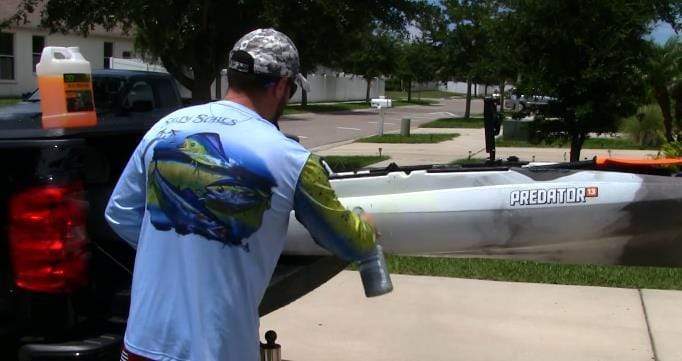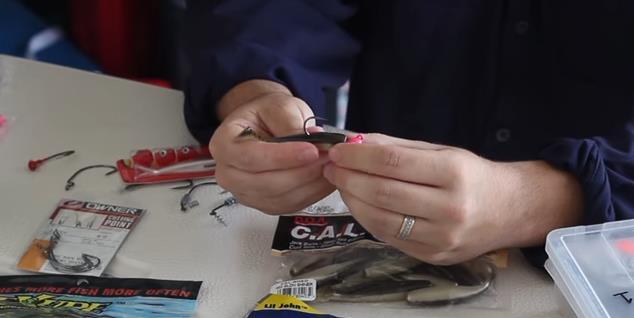How to Cast a Spinning Reel/Rod
We have been getting a lot of questions from those looking to get into fishing about where they should start. Rather than just simply giving a few word answer, we think it makes more sense to let you know where to start, and HOW to start.
One of the quickest ways to jump right into fishing is with a basic spinning reel/rod. A spinning reel is relatively easy to learn and can be used in several fishing situations - and is ideal for freshwater lakes and rivers.
Once you purchase a rod, you are going to want to make sure you understand how to use the device. To help you out, we have put together this quick primer on how to case a spinning reel/rod/.
Making the Cast
Before you do anything else, you should familiarize yourself with some of the terminology used to describe aspects of your rod.
- Butt Cap - Bottom of the handle: sometimes made of rubber. This is the end you'd resist against with your stomach when fighting a healthy fish.
- Handle - The Grip. Where you hold the rod.
- The Reel - Device attached to the rod for winding and unwinding fishing line. Spool.
- Guides - The rings going down the rod, they "guide" the line down the length of the rod to the tip.
- Rod “Action” - Action of a rod refers to the flexibility of the rod. Fast Action is stiffer. Slow action is more flexible.
- The bail - allows you to release the line from the reel; it also oscillates evenly to bring the line back onto the reel.
- The drag - dial will enable you to adjust drag tension.
- The crank - or handle is what you will turn to retrieve your line.
- The reel gear ratio - is what determines how fast the line is retrieved; higher gear ratios are much quicker.
The first thing you are going to want to do is to make sure you have the proper space to practice. If you have a body of water or a large area of grass, great. You want to avoid casting on surfaces like asphalt that will chew up your lines and gear. Once you find a suitable location, it is time to get started:
1. Get a Grip
open the bail and place your index or trigger finger on the line


2. Get 6-8 inches of line hanging from your rod tip
You are going to the aim for around 6-8 inches of excess line coming from your rod tip, ending with your lure. Much longer and your casting accuracy will suffer quite a bit.

3. Point Rod at the Intended Target and Pull the Rod Back
Point your rod at the intended target and pull the rod back in preparation to cast.
There are several casting styles you can eventually try out and become proficient at, for now, stick with a side or overhead cast.
4. Cast
Cast your line at the target while simultaneously releasing the line from your finger. If the lure shoots into the air, you released too soon; if it goes down by your feet, then you held on too long.
Don’t worry, practice a little and you will get the hang of it in no time.
5. Close the Bail
When you are satisfied with your cast, take your left hand and manually close the bail. THe engages the reel and gets it prepped for retrieval. It also prevents damage to your equipment.

Some Casting Styles
There are tons of casting styles. These are some of the basics.
Overhead
- Start by pointing your rod at your target.
- Bring the rod straight back over your head.
- Cast by returning the rod to a level position.



Roll Casting
Useful for when you are closer to the water. You do this cast by guiding the rod in a semicircular motion, heading forward going down, then back up a bit, which flicks your cast out. It is often used to skip baits off docks or mangroves.


If you enjoyed this casting tutorial, please share and subscribe to our mailing list. Salty Scales is dedicated to providing you with the best fishing gear and tips out there. If you have any questions, ideas, or anything else, don’t hesitate to reach out to us here. See you on the water!
Update: Hey, it's a new year; let's ring in 2023 with an updated how-to cast a spinning rod video. So, that is what we did. Have a look at this new tutorial which should help with any difficulties you may be having with casting:





1 comment
John wilson
i appreciate you.
i appreciate you.